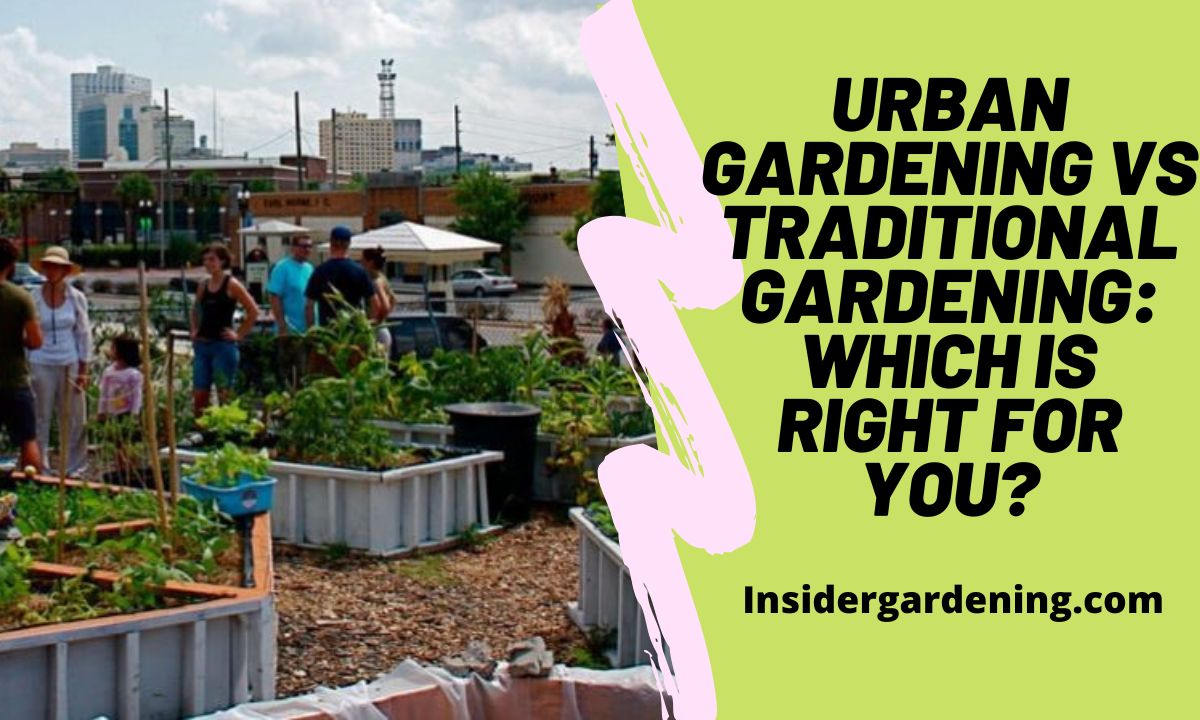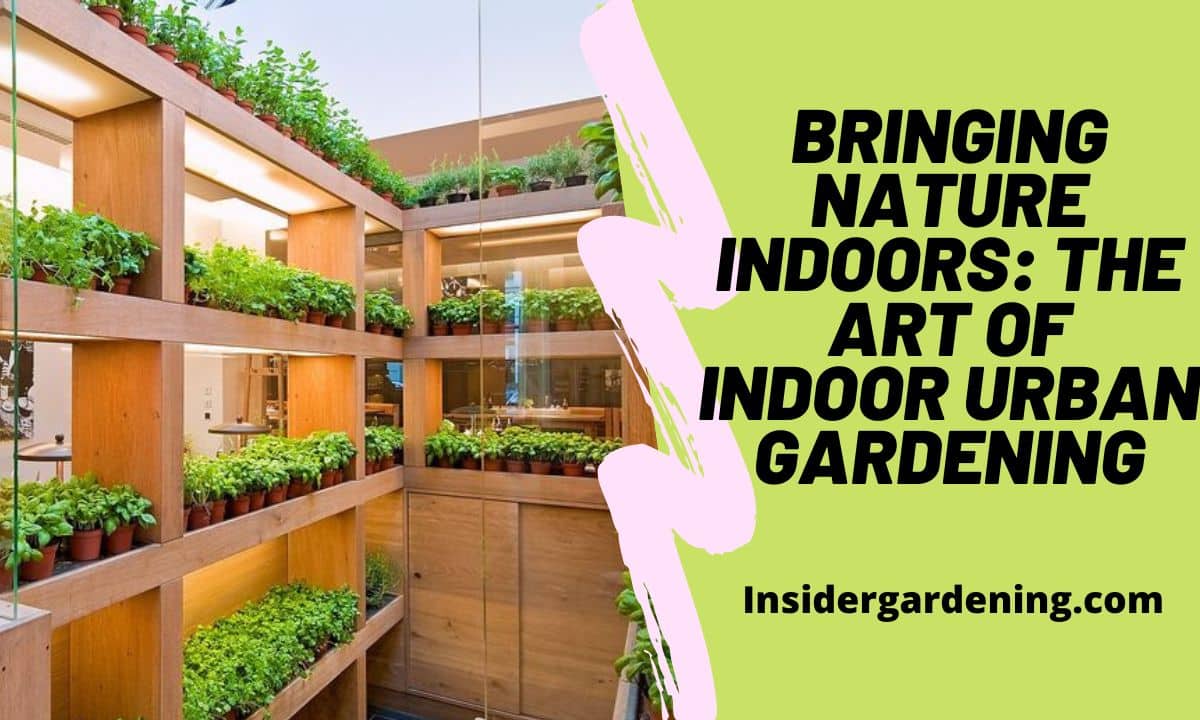Urban Gardening vs Traditional Gardening: Which is Right for You?

Gardening is a popular and rewarding hobby that allows individuals to connect with nature, cultivate plants, and enjoy the beauty of a thriving garden. However, when it comes to starting a garden, you may find yourself wondering whether urban gardening or traditional gardening is the right choice for you. Both approaches have their unique advantages and considerations.
In this article, we will explore the differences between urban gardening and traditional gardening to help you make an informed decision that suits your lifestyle and preferences.
Urban Gardening
What is Urban Gardening?
Urban gardening refers to the practice of growing plants and vegetables in urban or city environments, where space may be limited. It focuses on utilizing small spaces such as balconies, rooftops, windowsills, or community gardens to create green oases within the concrete jungle.
Advantages of Urban Gardening
- Space Efficiency: Urban gardening maximizes space utilization by using containers, vertical structures, and creative planting techniques. It allows individuals with limited space to still enjoy the benefits of gardening.
- Convenience: Urban gardens are typically located closer to living spaces, making it easier to tend to plants and incorporate gardening activities into a busy urban lifestyle.
- Accessibility: Urban gardens are easily accessible, allowing individuals to monitor and care for their plants regularly. This accessibility encourages frequent engagement and fosters a stronger connection with the garden.
- Community Engagement: Urban gardening often involves community gardens or shared spaces, fostering a sense of community and providing opportunities for knowledge exchange and collaboration with like-minded individuals.
Traditional Gardening
What is Traditional Gardening?
Traditional gardening refers to the practice of cultivating plants and vegetables in a larger, dedicated outdoor space, such as a backyard or a plot of land. It follows conventional gardening methods and is often associated with suburban or rural areas.
Advantages of Traditional Gardening
- Greater Space: Traditional gardening offers more space for plants to grow, providing the opportunity to cultivate a wider variety of plants and larger quantities of produce.
- Flexibility: Traditional gardens offer more flexibility in terms of plant selection, as larger spaces allow for the inclusion of trees, shrubs, and other landscaping elements.
- Soil Quality: Traditional gardens benefit from the availability of natural soil, which can be amended and improved over time. This can result in healthier and more robust plant growth.
- Enhanced Biodiversity: Traditional gardens can accommodate a wider range of plant species, attracting diverse wildlife such as birds, butterflies, and beneficial insects, contributing to a more vibrant ecosystem.
Which is Right for You?
Choosing between urban gardening and traditional gardening depends on various factors, including your available space, lifestyle, and gardening goals. Here are a few considerations to help you decide:
- Space: If you have limited outdoor space or live in an urban environment with no access to a traditional garden, urban gardening is a practical choice. It allows you to make the most of small spaces and still enjoy the benefits of gardening.
- Convenience: If you prefer the convenience of having your garden close to your living space, urban gardening is a great option. The accessibility of urban gardens makes it easier to tend to plants regularly.
- Garden Size: If you have a large outdoor space and envision a garden with a wide variety of plants and landscaping elements, traditional gardening provides the necessary room to bring your vision to life.
- Community Engagement: If you value community interaction and enjoy collaborating with other gardeners, urban gardening offers the opportunity to join community gardens and participate in shared gardening experiences.
Remember that you can also combine elements of both urban gardening and traditional gardening based on your specific circumstances. For instance, you can create an urban garden in small spaces while still maintaining a traditional garden in a larger outdoor area.
Frequently Asked Questions
Can I practice urban gardening in a traditional garden setting?
Yes, urban gardening techniques can be incorporated into a traditional garden setting. You can utilize containers, vertical structures, and other space-efficient methods to make the most of your garden space.
Which type of gardening requires more maintenance?
Both urban gardening and traditional gardening require maintenance, but the level of maintenance may vary. Urban gardens often require more frequent watering and monitoring due to smaller containers and limited soil volume.
Can traditional gardening be done in an urban environment?
Traditional gardening can be adapted to urban environments if you have access to a larger outdoor space or a community garden. However, it may require more planning and considerations regarding space availability.
Conclusion
Whether you choose urban gardening or traditional gardening, both approaches offer unique benefits and can provide a fulfilling gardening experience. Consider your available space, lifestyle, and gardening goals to make an informed decision. Remember, the joy of gardening lies in the process of nurturing plants, connecting with nature, and creating a personal green oasis that brings you happiness and satisfaction.




